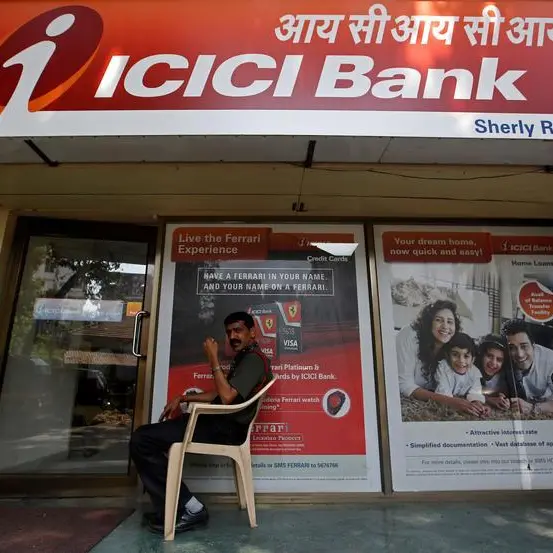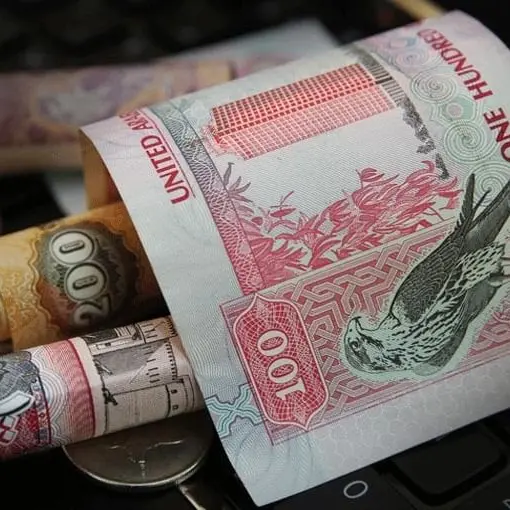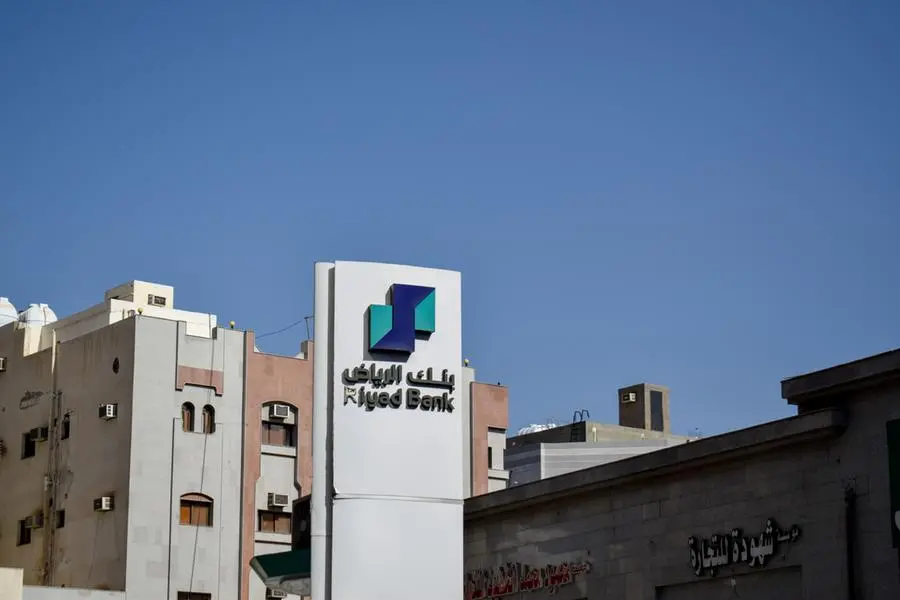PHOTO
LONDON - British government bonds slumped on Thursday as part of a Europe-wide sell-off, with the price of 30-year gilts falling to their lowest since October 2022, when markets were roiled by then-Prime Minister Liz Truss' "mini-budget" plans.
Thirty-year gilt yields, which move opposite to prices, surged by more than 17 basis points on the day to peak at 4.964% at 1251 GMT, pushing past previous highs set last month to their highest since Oct. 12, 2022.
Ten-year gilt yields were up 17 bps on the day at 4.53% versus an 11 basis point rise for German 10-year bonds , reflecting 10-year gilts' biggest daily price fall since Feb. 6, and not far off the market moves seen last October.
Earlier on Thursday, the Bank of England said it was starting work on introducing a permanent facility to support pension funds and insurers which get caught out when liquidity dries up in the gilt market - a problem which amplified last year's gilt market slump.
The fall in euro zone debt prices was led by a slide in Italian bonds after the government cut growth forecasts and said it would borrow more.
The rise in 10-year gilt yields was similar to that of their Italian equivalent, despite a lack of major economic news in Britain.
German inflation data on Thursday came in lower than expected for August at 4.3%, down from 6.4% in July.
Lyn Graham-Taylor, senior rates strategist at Rabobank, said there were few clear triggers for the move in gilts, and noted that a lack of liquidity often meant that big price swings in other markets led to even sharper moves for gilts.
Interest-rate sensitive two-year gilt yields were up 11 bps on the day at 4.99%. Financial markets see a 40% chance of a BoE rate rise to 5.5% on Nov. 2 after its next meeting, and fully price in a rate rise to 5.5% by March 2024.
Just after last week's surprise decision by the BoE to keep rates on hold at 5.25%, financial markets saw only a 50% chance of a further rate rise.
(Additional reporting by Dhara Ranasinghe; Editing by Toby Chopra)





















